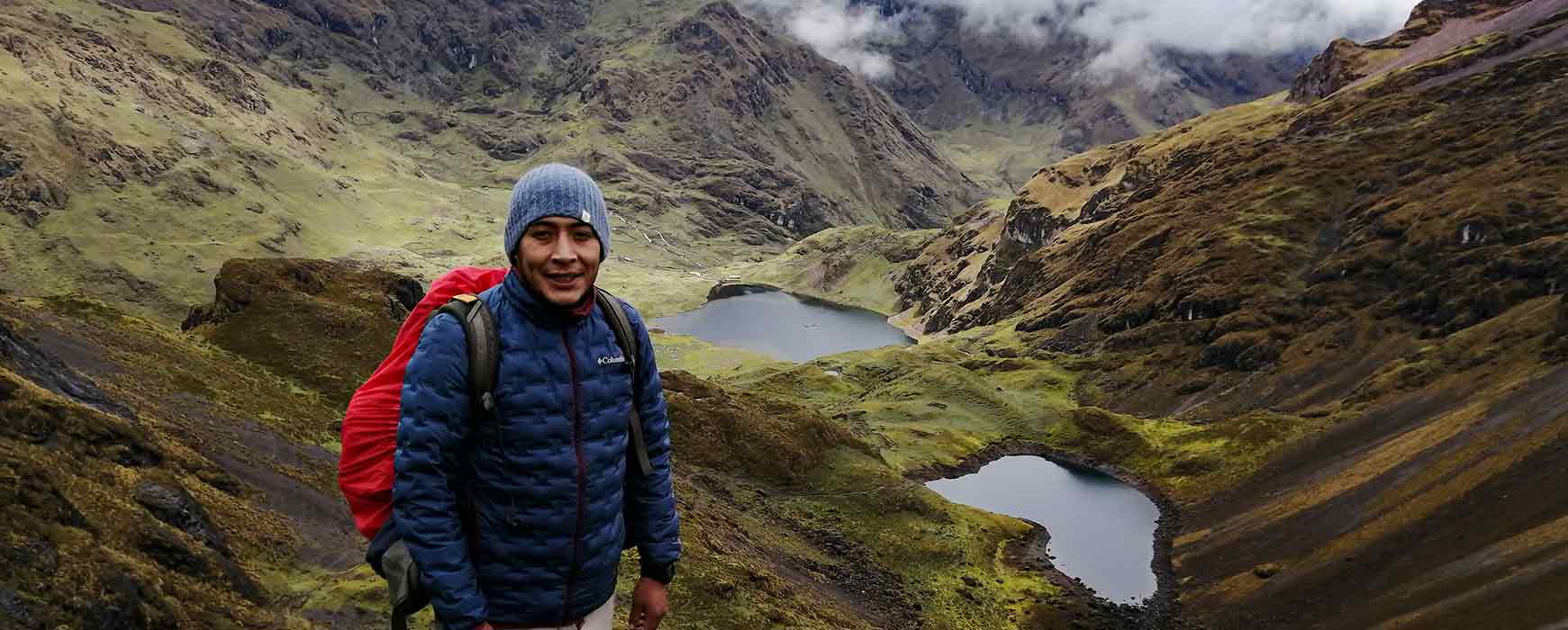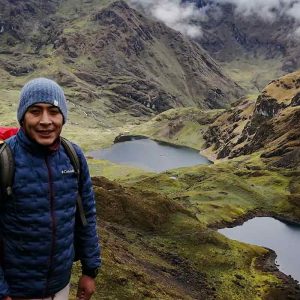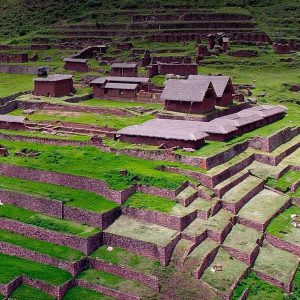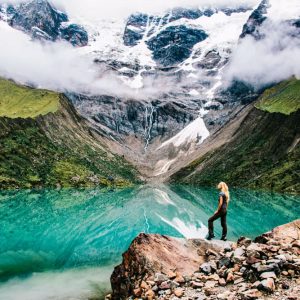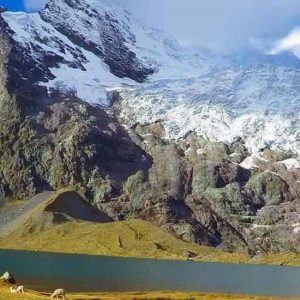- 1 Immersion into the indigenous Culture in the Lares trek Peru
- 2 The Lares Trek and the Inca Trail Trek are incomparable
- 3 You can still hike the Inca trail
- 4 Remoteness of the trek along the Andes Mountains.
- 5 Pick-up a few skills from the local’s untainted culture.
- 6 Star studded night skies.
- 7 Natural Hot Springs
- 8 Glacial peaks and Lakes with unique Birds and other species
- 9 Pack Mules and Horses
- 10 Great Camping Equipment
- 11 Stays open in February
- 12 Support the local communities and practice responsible tourism
- 13 Can be combined with both the 2-day short Inca Trail and the 1 Day -Inca Trial.
- 14 Frequently Ask Questions:
- 15 Best time to hike Lares Trek to Machu Picchu
Immersion into the indigenous Culture in the Lares trek Peru

The indigenous communities found on the mountain sides of the Lares trek Valley are very isolated. We think this is why these communities have managed to preserve their age old customs, traditions and way of life. They keep their culture alive in the most authentic way. Not much has changed in hundreds of years. You will still find people speaking the language of the Ancient Incas (Quechua). While women weave gorgeous garments in beautiful vibrant colors, the men will be herding their alpacas and llamas in the vast fields on the mountain tops. While trekking you will have the honor and privilege to interact with these mountaineers. There is much to learn from them and you get a chance to visit a school or someone´s home and immerse yourself within the community.
The Lares Trek and the Inca Trail Trek are incomparable
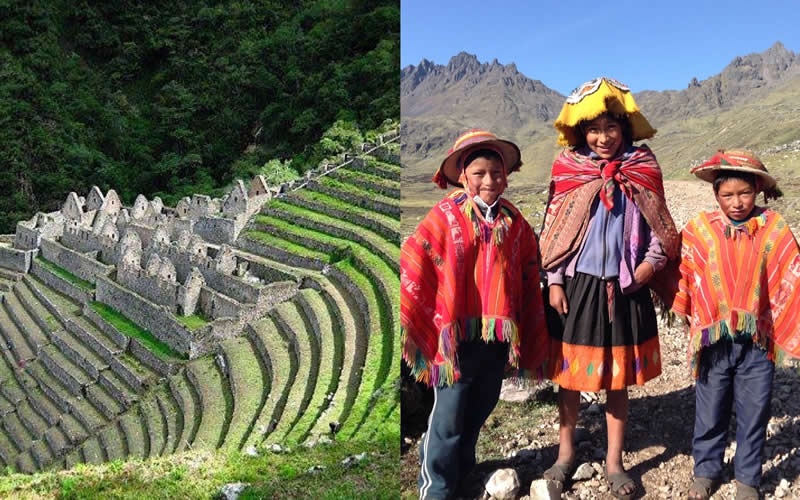
The main reason you can’t compare these treks is because they are vastly different. They provide unique experiences and each is worth doing for its own individual and special reasons. To offer a short summary, a possible way to view these treks: The Inca trail is following in the footsteps of most advanced civilization of its time, a historic experience, seeing architecture and engineering that shouldn’t have been possible with the tools they had and the unforgiving and rugged terrain on which they were built. Whereas the Lares Trek is about a history that’s still alive and thriving, the communities still embracing their indigenous and traditional way of life, passing the most stunning views and finally, you will get a clear understanding as to why the Incas felt the mountains held such religious power and energy.
You can still hike the Inca trail
Depending on the length and type of package you choose, it’s a possibility to hike part of the Inca Trail. Certain packages include the Short Inca Trail to Machu Picchu. The Lares Trek follows the standard route (Cusco, Huaran, Cancha Cancha, Quiwarani, Cuncani, Lares Hot Springs and Ollantaytambo), once you arrive in Ollantaytambo you will then join the Inca trail from KM 104. This gives you the best of both worlds.
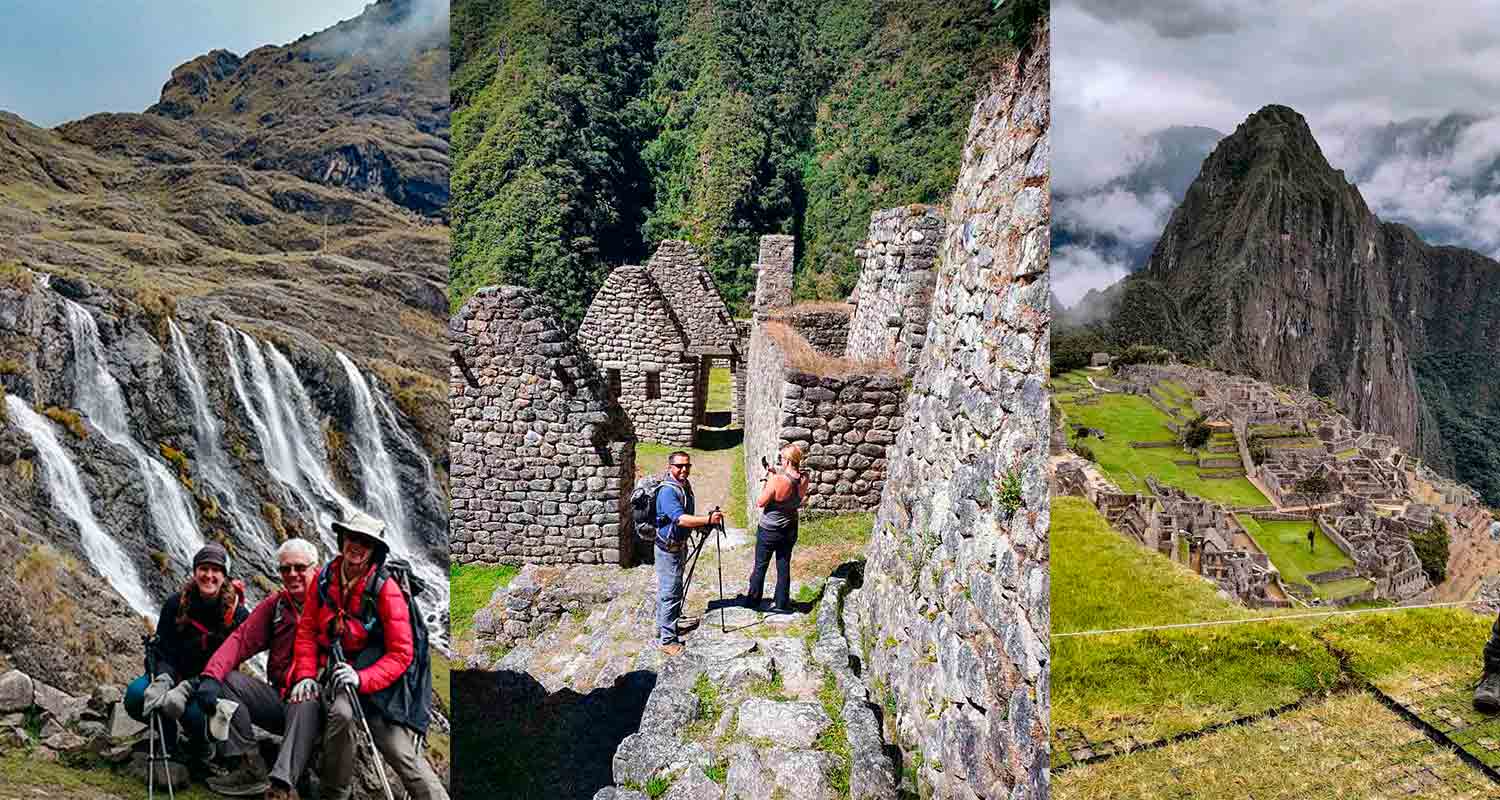
Remoteness of the trek along the Andes Mountains.
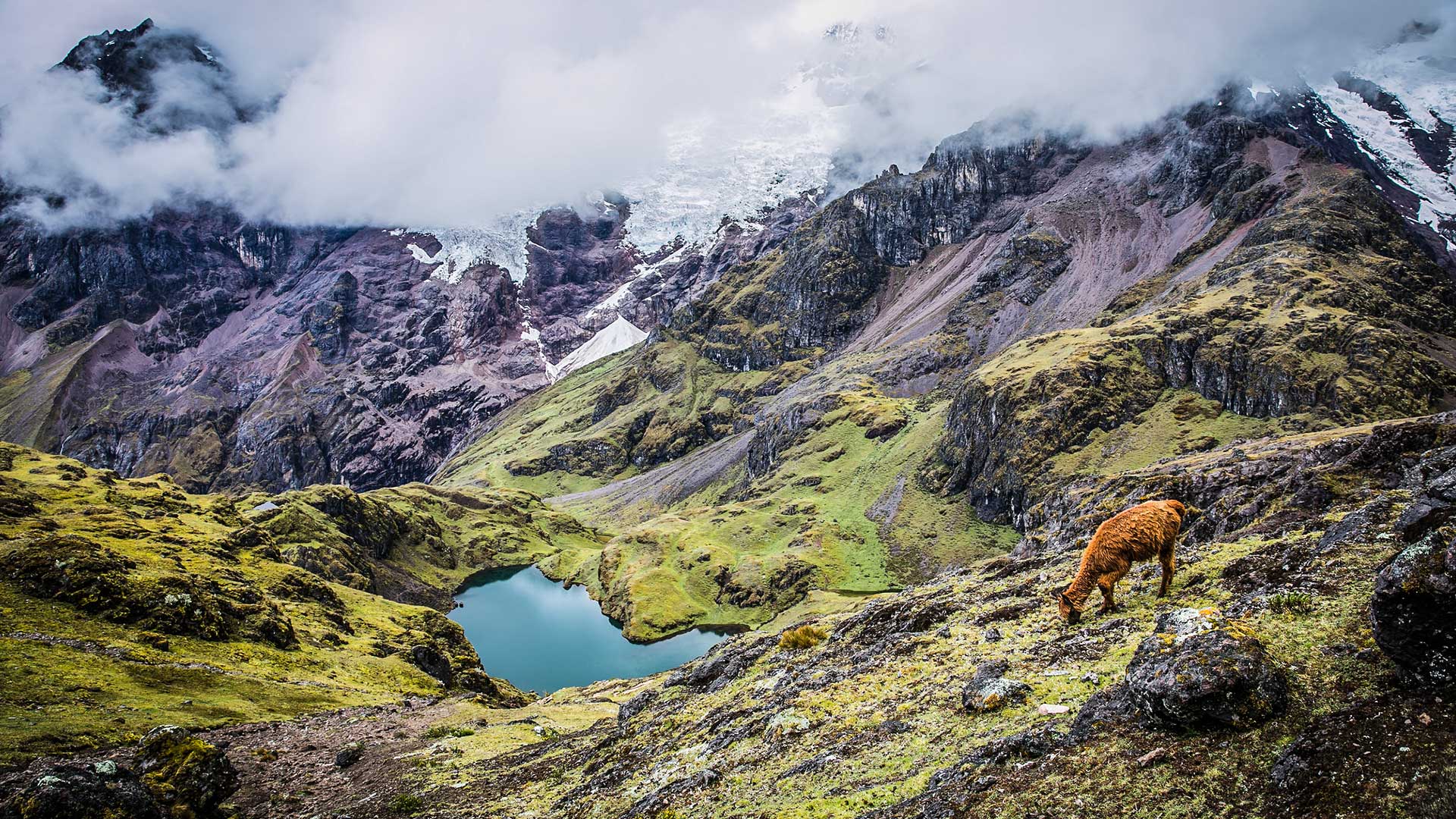
The Most favorite thing about this trek is how off the beaten trek you get. You rarely come across any other tour groups. Majority of the time its just you, the Andes mountains, its glaciers and the alpacas and Llamas peacefully grazing. Almost everything you encounter belongs there and has very little influence from modern life.
Pick-up a few skills from the local’s untainted culture.
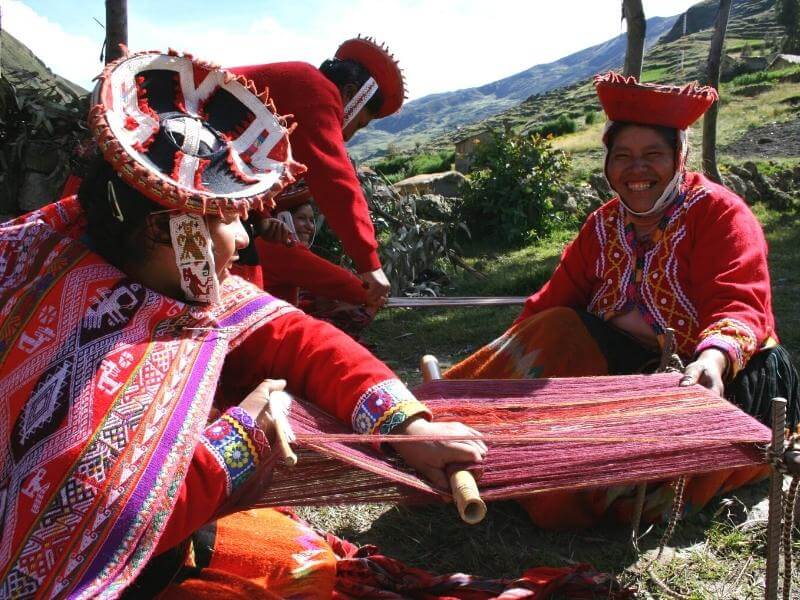
There are quite a few skills to pick up from the indigenous people of the region. Learn some phrases and words in Quechua (your guide can help you communicate with them). The majority of the people of this region still predominantly speak Quechua and only a select few can speak Spanish. So, you will hear and learn the language in its most original and authentic form. Try farming potatos with some ancient farming/harvesting tools all while learning about their planting methods and how they deal with extreme temperatures in the mountains. Mountaineers are also talented weavers, creating some of the traditional, colorful garments you will come across in the entire region of Cusco. Maybe with enough practice and natural talent, this could lead to a fun side hobby for you!
Star studded night skies.
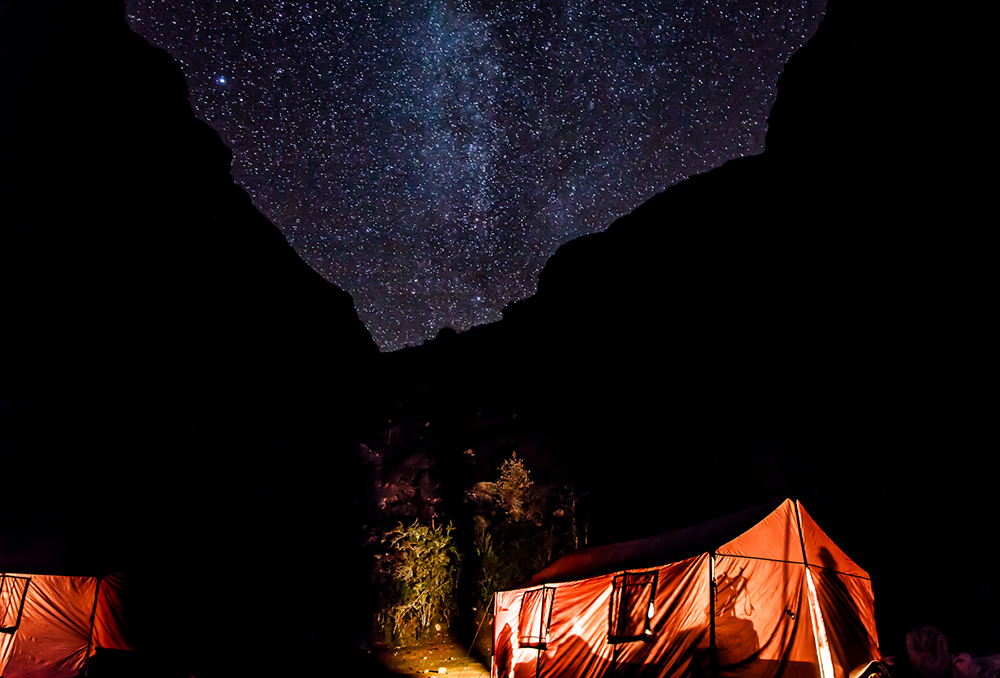
Magical. That’s the best way to describe it, just magical. Imagine mountain tops, open fields, clear skies, no city lights, no pollution, clean fresh air, no houses and most importantly no traffic. The only thing around you are beautiful clear skies with clusters of bright constellations and maybe an alpaca or two. That’s the kind of nights you will have the pleasure to experience every night on the trek (weather permiting). Your guide will show you the Inca Constellations that the Incas and today´s farmers depend on for their agricultural guidance.
Natural Hot Springs

Lares Hot Springs is tucked away in the most scenic location in the valley. It’s surrounded by luscious green mountain peaks and the powerful Trapiche River. Its waters are brownish in color and full of therapeutic natural minerals. There are multiple pools with different temperatures. It’s a great stop to help sooth those aching muscles after your trek. The baths are very well taken care of and kept clean at all times, with lockers to store your things safely.
Glacial peaks and Lakes with unique Birds and other species
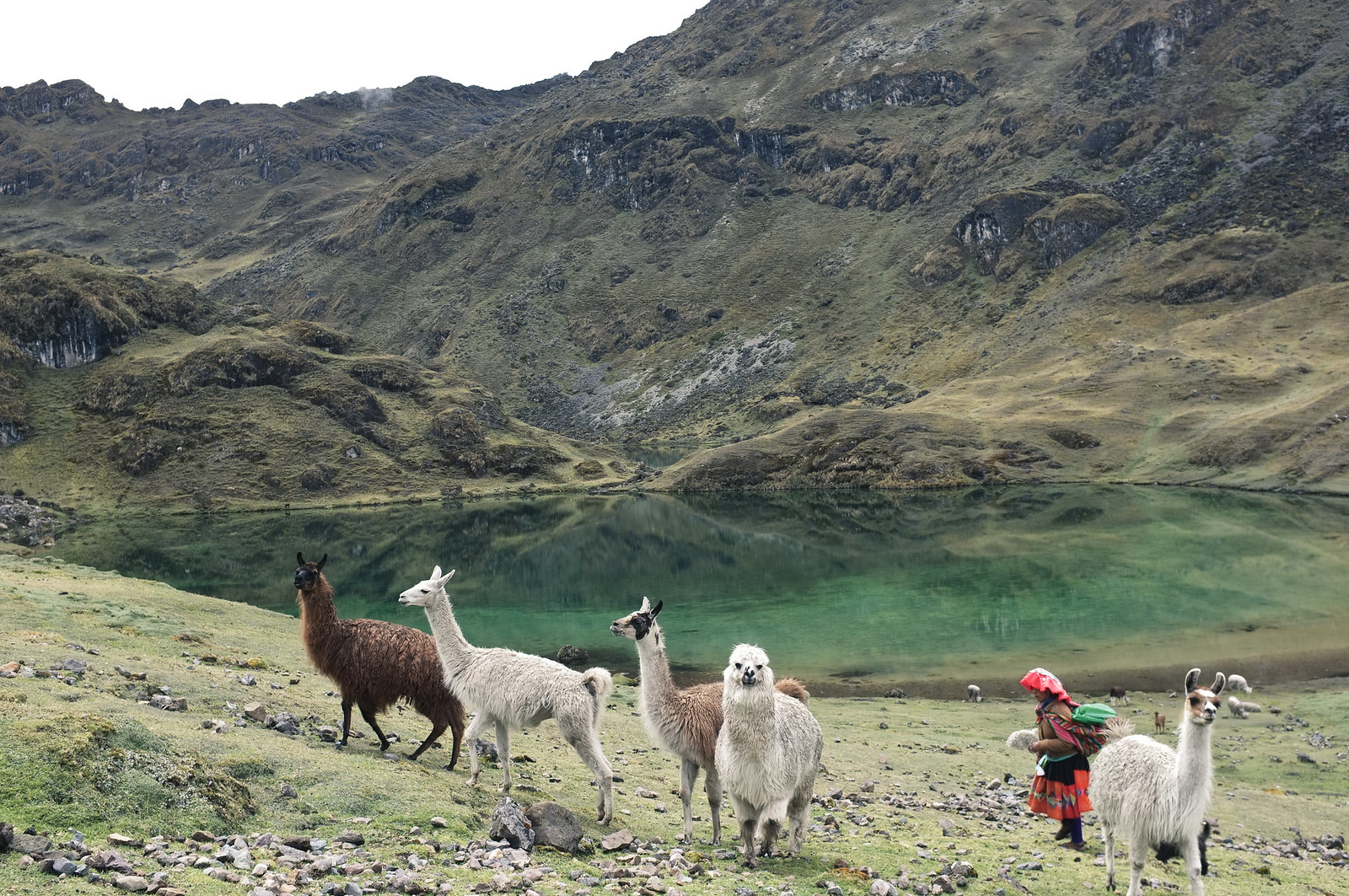
The nature you will encounter on this trek, will tantalize your senses and leave you with unforgettable memories. Witness rare bird species and watch as the locals herd the peaceful Llamas and Alpacas. The valley is home to some of the highest mountain peaks in the region of Cusco, like Mt Veronica (5,893m/19,334ft), Mt Sahuasiray (5,818m/19,088ft) and Mt Chicon (5,530m/18,140ft). At some point the great snow-capped peak of Mt Salkantay (6,271m/20,574ft) comes into view, making its presence felt. Along the trek you will have the views of stunning glaciers, while passing through spectacular crystal blue glacial lakes and the many llamas and alpacas grazing.
Besides the many alpacas and llamas that form part of the valley, you might see animals like the Andean Deer, Foxes, Pumas and Viscachas. Although some of these are rare, it is possible to see them. Also keep an eye in the sky for the Caracara Falcon, Andean Geese, Condors and Hummingbirds.
Pack Mules and Horses
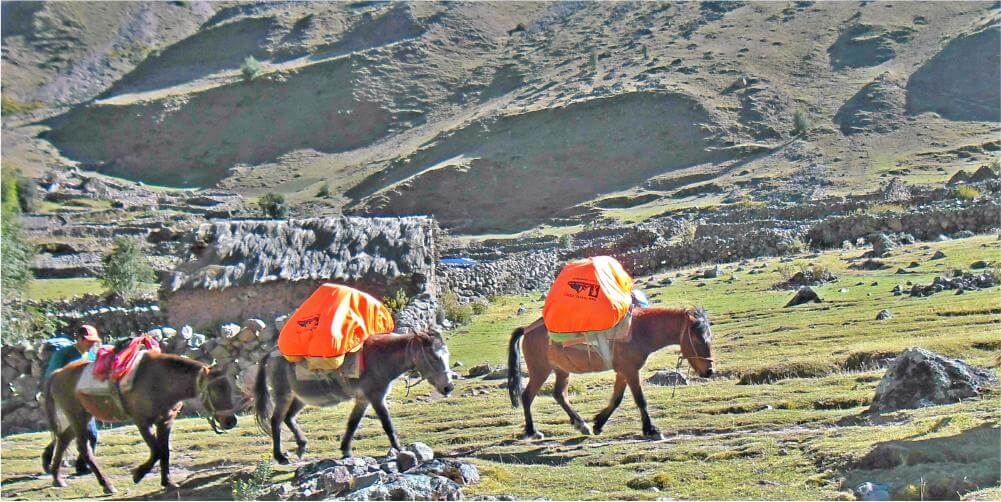
When trekking for a couple of days, there are personal items that you will require along the way. The positive thing about the Lares Trail is that horses and mules are permitted, unlike the Inca Trail (due to a need to preserve the trail). The mules and horses carry all camping and personal equipment. 7 kgs of your personal items such as extra clothing, air mattress and your sleeping bag will be carried by mules.
If you book with a good tour operator like Orange Nation Peru then the provisions of an emergency horse will be provided. This is to ensure that everyone in the group has an equal opportunity to complete the trek.
Great Camping Equipment
If you travel with Orange Nation Peru you will be privy to the best equipment in trekking. Enjoy a 4-person tent shared between just 2 people. Your tent will have a vestibule in the front, giving you extra outdoor space to put your dirty hiking boots and walking poles. Included is a comfortable foam mattress to separate and insulate you from the ground. Enjoy delicious meals in style with our private dining and kitchen tent with tables and chairs. Dinner time is a great social experience, where you get to know one other and share stories with fellow travelers. The transportation is comfortable, reliable and safe. Best of all, you never have to use the government toilet facilities, which are genreally not every clean. Orange Nation provided a clean, private and sanitary toilet.
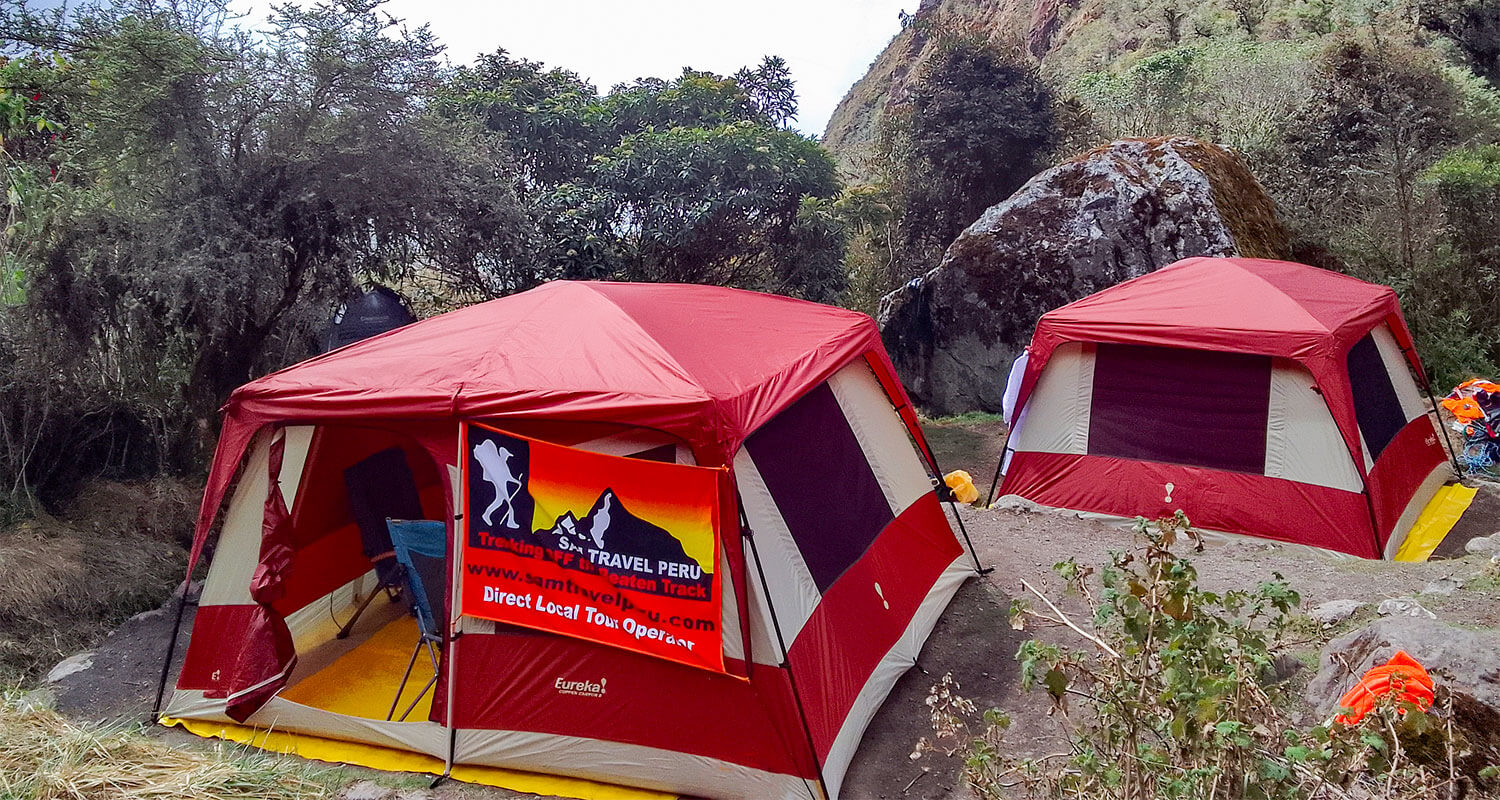
Stays open in February
During the month of February, the Inca Trail is closed for maintenance. Fortunately, the Lares Trek doesn’t close and stays opens all year round. It is also a good option for rainy season.
Support the local communities and practice responsible tourism
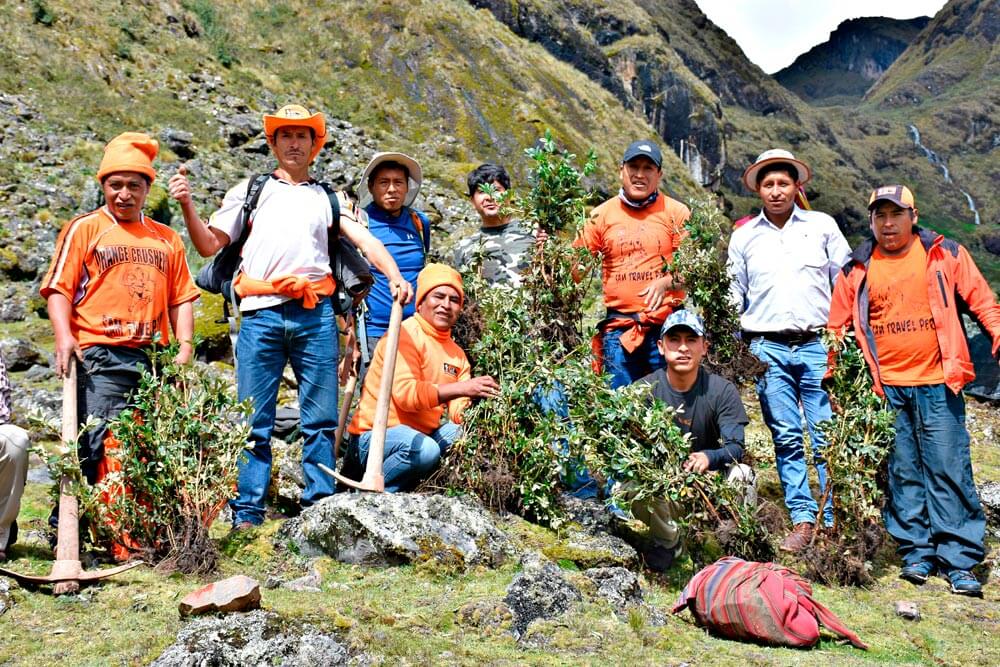
The aim is to leave as little of a footprint as possible. We clean up after ourselves as thoroughly as possible. Buying textiles from the locals and bringing small gifts for the families or school you get to visit, is always a great help to these communities. It’s also good to choose a tour company that believes in fair treatment and wages for its porters and horsemen.
Can be combined with both the 2-day short Inca Trail and the 1 Day -Inca Trial.
It is possible to combine the Lares trek with not only the 2 day Short Inca Trail to Machu Picchu, but also the 1-day Inca Trail to Machu Picchu When you combine it with the 1-day Inca Trail, the hike to Machu Picchu starts at Km104. You will pass magnificent archeological sites like Wiñay Wanay and see the most spectacular views of the Machu Picchu Citadel from the unique vintage point of Sun Gate. A view point that only hikers of the Inca Trail get to experience. Your tour of Machu Picchu will be in the afternoon, with very little tourists around, giving you unobstructed views of the Citadel.
The 2-day Inca Trail combination is similar to the 1-day combination. But it has a few distinct differences, a few additions that make this a more rounded experience. You get to see this Majestic UNESCO World Cultural Heritage site not once, but twice. First in the afternoon after trekking the Inca Trail. After, you will take the bus to Aguas Calientes for a good night’s sleep in a hotel bed with a private bathroom. The next morning you wake- up well rested and clean, to catch the sunrise over this Natural Wonder of the World. Your 2.5 hour guided tour the next day will be more enjoyable. The extra day also gives you an opportunity to hike the extra hike up Machu Picchu Mountain or Huayna Picchu Mountain should you so choose. Note: These extra hikes need to be booked well in advance. They sell out very quickly.
**Huayna Picchu Mountain: $75 USD and Machu Picchu Mountain: $75 USD– This needs to be booked in advance and please let us know at the time of booking (it books out very quickly)
Frequently Ask Questions:
Does The Lares Trek Go To Machu Picchu?
- The trek can be completed as a standalone 2-3 day trail. It can also be incorporated with a visit to Machu Picchu, thereby extending the tour by 1 or 2 days.
- The latter option is fast becoming a popular itinerary for trekkers. This is due to permit limits on the Classic Inca Trail to Machu Picchu.
- Permits are not required for the Lares trek. This means that you can arrive in Cusco and, depending on the season, be on the trail within a day or two,
- However, you will still need to book your Machu Picchu and train tickets to Aguas Calientes as early as possible.
Why Choose the Lares Trek?
There are several factors that make this trek a great alternative to the 4-day Inca Trail.
- Firstly, and most importantly, for some, the Lares Trail is a lot quieter than the Inca Trail. You see fewer hikers along the Lares, although this trail gets more popular by the year.
- Secondly, the route is arguably easier than the Inca Trail. This is mostly because you won’t have to deal with as many steps.
- The Lares trek provides a true Andean cultural experience. The Lares Valley is home to traditional Andean communities, little of which has changed in the last 500 years.
- You will see local weavers and farmers in colourful traditional clothing. Depending on your tour, you might get a chance to watch or partake in some weaving activities.
- The area is famous for its homemade textiles. If you want to bring an authentic piece of Peru back home with you, then take extra soles. You can pick up a bargain here whilst making it a local weavers’ day!
Best time to hike Lares Trek to Machu Picchu
In brief, the best time to hike the Lares trek to Machu Picchu is during the dry season from April – August. Also, the trail isn’t crawling with tourists or large groups of people and so much more in the rainy season from December to March. Whereas in September till November, the days are frequently sunny, but it sometimes just gets cloudy threatening to rain but it either rains or fades, overall it is still a good season.

